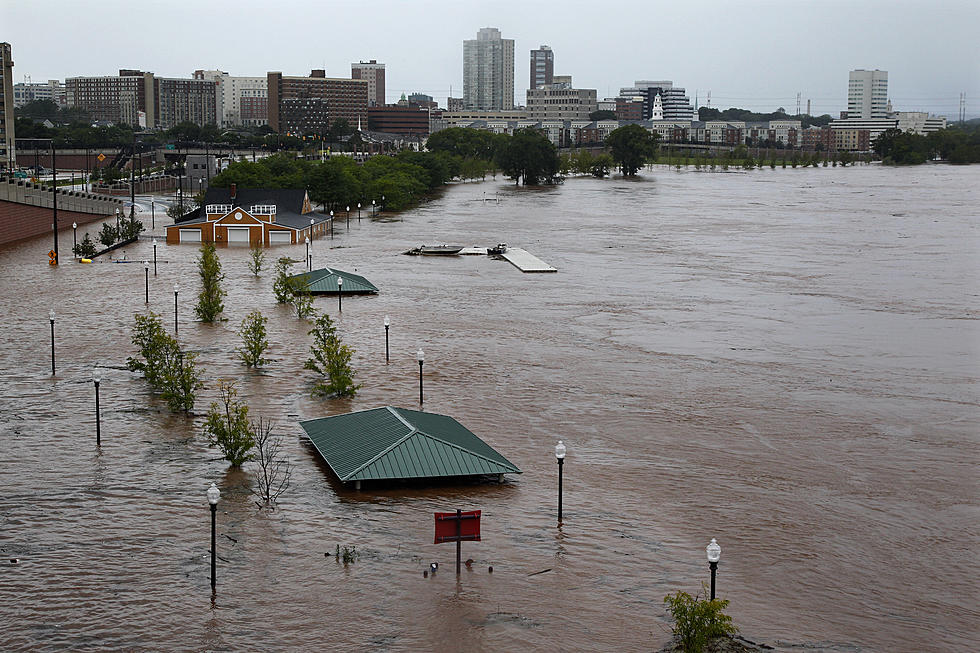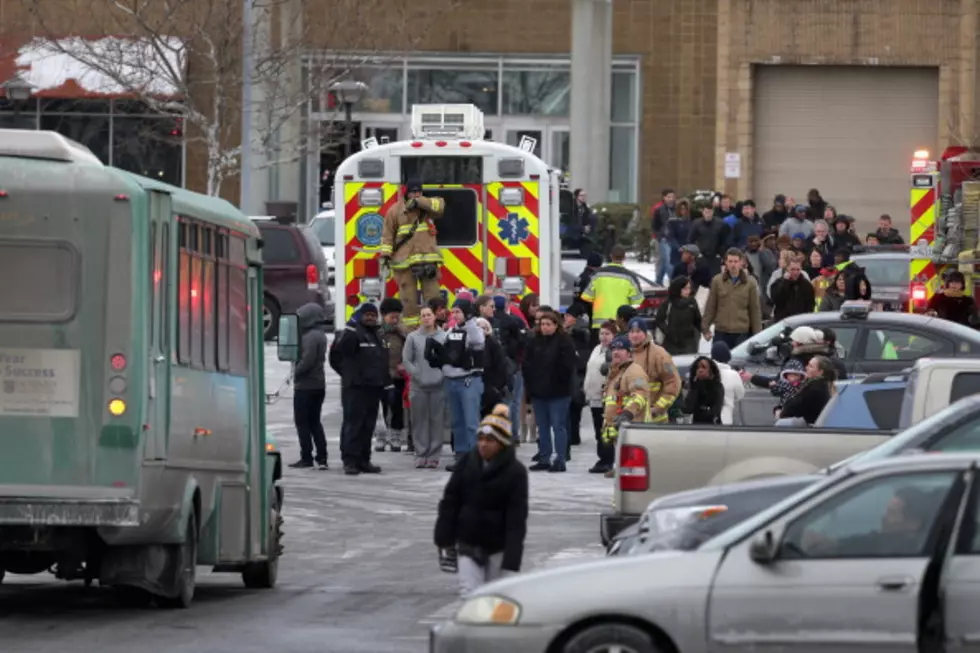
Utilites, States Sparring Over Hurricane Irene’s Costs
A year after Hurricane Irene knocked out power to millions across the Northeast, utilities and regulators are still sparring over how to divide repair and restoration costs between ratepayers and utilities.
With memories of spoiled food, cold showers and meals in the dark still fresh in customers' minds, state regulators are under pressure to limit reimbursements to utilities that submitted requests for rate increases totaling tens of millions of dollars.
Nowhere has the conflict been more emotional than in Connecticut. More than 800,000 customers of Connecticut Light & Power, the state's largest utility, lost power in each of two storms, first with Irene and two months later with a freak October snowstorm. Elected officials, responding to anger from constituents over outages that lasted a week or longer, looked for ways to punish the utility.
Ratepayers will ultimately pay the tab for replacing utility poles, restringing downed wires, trimming or removing trees, and other cleanup costs. But setting rates -- a long, legal process even in the best of circumstances -- is taking longer with some state regulators, because of the extent of the damage or because a few utilities are combining financing for capital upgrades with storm recovery costs.
Andy Pusateri, an analyst at Edward Jones, said utilities will likely bear more repair costs in response to outcries from ratepayers.
"It's partly politics, partly the costs are a lot," he said.
In New Jersey, where Irene caused more than $1 billion in damage and power outages affected nearly 2 million customers, the Board of Public Utilities was ordered by Gov. Chris Christie to assess how well the state's electric utilities performed during Irene. It found restoration efforts by Jersey Central Power & Light deficient.
A company spokesman said it is working to address the problems and is cooperating with the rate review.
Massachusetts Attorney General Martha Coakley has asked state regulators to fine NStar $9.7 million for failing to adequately prepare, respond and communicate during Irene. Nstar President Werner Schweiger said the utility was among the first to restore power and sent crews to help other utilities.
In Connecticut, regulators have warned Connecticut Light & Power that a rate increase request could be reduced unless improvements are made in how the utility responds to storms.
"They're on notice," said John W. Betkoski, vice chairman of Connecticut's Public Utilities Regulatory Authority.
Connecticut Gov. Dannel P. Malloy and Attorney General George Jepsen also used their leverage in a proposed $5 billion purchase of Boston's NStar by Northeast Utilities, the parent company of Connecticut Light & Power. Connecticut and Massachusetts had to sign off on the deal, giving the two states an opportunity to impose concessions from Northeast Utilities.
The utility agreed to write off $40 million of its $110.5 million storm restoration costs in Connecticut and to not even ask for a rate increase until Dec. 1, 2014, at the earliest.
Irene made landfall at North Carolina on Aug. 27, 2011, and plowed north, wreaking havoc across the Northeast as a tropical storm by knocking down trees and power lines, flooding communities, and damaging roads and bridges.
The storm left more than 5 million people without electricity along the Eastern Seaboard.
However the recovery cost is apportioned, a New Hampshire legislator who has tried and failed to block rate increases knows who ultimately will pay the tab.
"The ratepayers get it in the neck all the time," said Republican Rep. John Reagan.
David Grumhaus Jr., an analyst at Copia Capital LLC in Chicago, said the cost to repair storm damage is almost always covered by the ratepayer. The alternative -- charging it to shareholders -- would reduce the value of utilities' shares, making the companies less attractive to investors and depriving utilities of capital, he said.
"Somehow, they're going to exact that pound of flesh from the customer because that's how it's paid," Grumhaus said.
For the four subsidiaries of Northeast Utilities -- New England's biggest utility -- repair and restoration costs totaled $144 million, spokeswoman Caroline Allen Pretyman said. Customers of Public Service of New Hampshire will pay 12 cents a month for the utility to recover $7.1 million over four years, she said.
Depending on which utility they depend on, Vermont ratepayers will pay widely different amounts. In southern Vermont, where Irene was most destructive, Central Vermont Public Service Corp. won permission to charge $7.5 million, or $2.23 a month for customers who use an average of 600 kilowatt-hours a month.
Green Mountain Power spent $2.3 million and may recover about $14 million from customers over 12 months. The surcharge is a little more than a half-percent increase, or 54 cents more on a monthly bill of $100.
Rate increases may appear to be small, but their cumulative impact is not, Connecticut regulator Betkoski said.
"When you have 54 cents here and a dollar there, all these charges add up," he said. "You look at people on a fixed income with economic hardship. People are very vocal about any kind of increase."
(Copyright 2012 by The Associated Press. All Rights Reserved.)
More From New Jersey 101.5 FM



![Grilling Gone Wrong – Top 5 BBQ Fails [NSFW- Language]](http://townsquare.media/site/385/files/2012/05/BBQ-Fail1.png?w=980&q=75)



![U.S. Headed for Domestic Oil Only? [AUDIO]](http://townsquare.media/site/385/files/2014/02/143637418-300x200.jpg?w=980&q=75)

